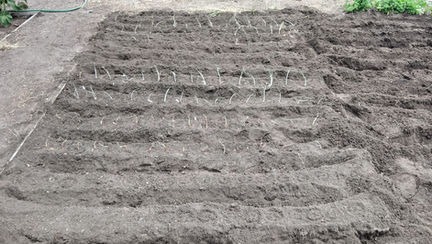
The Question Is Asked
“What do you have stored in your houses for the Day of Want?”
The Most Honorable Elijah Muhammad
Garden of life


Your Garden of life is located in the Spencer Garrett Community Garden, located in Original Aurora in the Spencer Garrett Park on 17th & Joliet St.
Schedule and Contacts
.jpg)
Whats inside MATTERS


Why you must buy NON-GMO!
GMO seeds are bred not in a garden but in a laboratory using modern biotechnology techniques like gene splicing. Scientists modify a seed's DNA to ensure the resulting plant produces desired characteristics. Seed Savers Exchange does not produce or sell GMO seeds. Non-GMO seeds are cultivated through pollination.
GMO vs. NON-GMO seeds
please contact brother Chris for information and schedules:
Brother Chris: 720-787-8311
Additional Resources
Why we must feed ourselves

For more than 30 years, messenger Elijah Muhammad has been teaching the so-called Negroes of America on the proper foods to eat to improve their mental power, physical appearance, for prevention of illness, curing of ailments and prolonging life. Given the humble, economic conditions of the blacks in America, an inexpensive, yet highly nutritional diet was given to them by Elijah Muhammad. Before the health craze that has swept the country, Elijah Muhammad and the Nation of Islam were head of the curve as far back as the early 30's. This is the first of two books written with this simple, yet revolutionary way of eating.
How to get the most out of your crops
Gardening tips:

What you need to know!
Urban Farming 101:
Gardeners often disregard the impact soil has on the health and vigor of their plants. Soil preparation isn’t the most thrilling aspect of planting a garden, but it’s certainly one of the most important. If your soil isn’t right, your garden will struggle to reach its full potential.
Start by digging up a scoop of soil and examining its texture in your hands. Photo by: Sharon Kingston / Shutterstock
“A garden is a reflection of the quality of its soil. Gardens filled with beautiful soil have a vitality about them that we can almost feel,” says landscape designer and author Jan Johnsen.
Achieving that vitality requires understanding the chemistry and composition of your soil and creating the perfect environment for fertile plant growth. Good soil management is a continual process, but once you attend to the basics, your soil will do most of the work itself.
Know Your Soil Type
Before you begin planting, dig up a scoop of soil and take a look at its texture. Is it dense and heavy and clump together when wet? Or is it loose and free flowing, like play sand? Maybe it’s somewhere in between, feeling somewhat sticky but crumbling easily, like a freshly baked cookie.
All soils are a mixture of mineral particles — primarily clay, sand, and silt. Often they will contain higher amounts of one type of particle relative to the others. That doesn’t make them bad growing mediums, but it will affect their density, drainage rate, and capacity to hold nutrients.
With each soil type, there are trade-offs. Here’s a quick overview:
-
Clay soils have tiny, dense particles that hold large reserves of moisture and nutrients. However, clay soil also drains slowly and can become hard and compacted when dry.
-
Sandy soils are just the opposite, with large particles that water moves through easily — along with important nutrients.
-
Silts have fine particle sizes that pack together tightly, inhibiting drainage and air circulation.
-
Loam is the ideal soil for most plants; it contains a balance of all three mineral particles and is rich in humus (what’s left after organic matter decomposes).
Knowledge is POWER
Will Allen: Growing Power
Urban Gardner Ron Finley: South Central Gangster to Gardner















